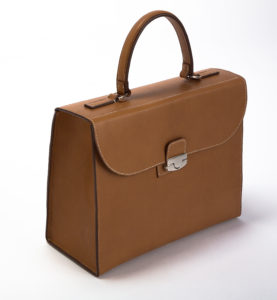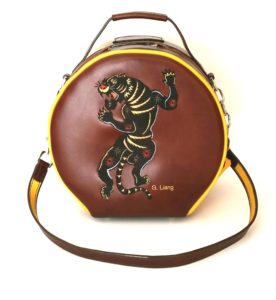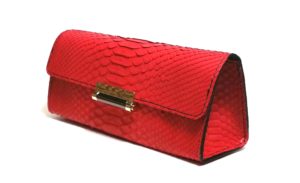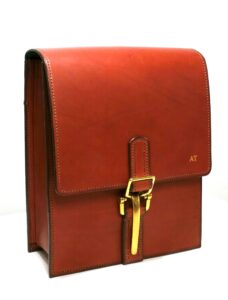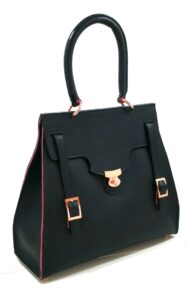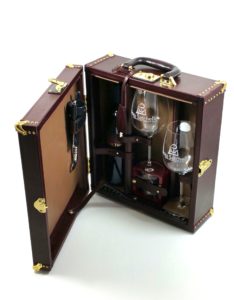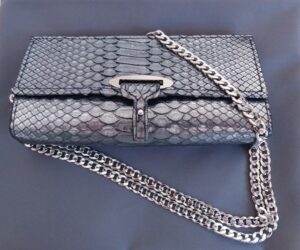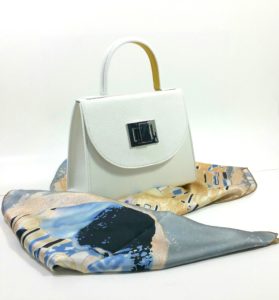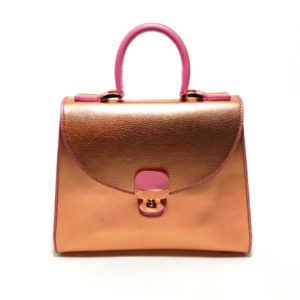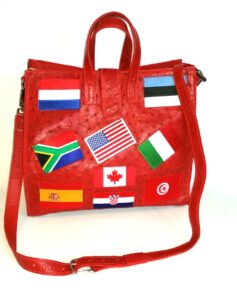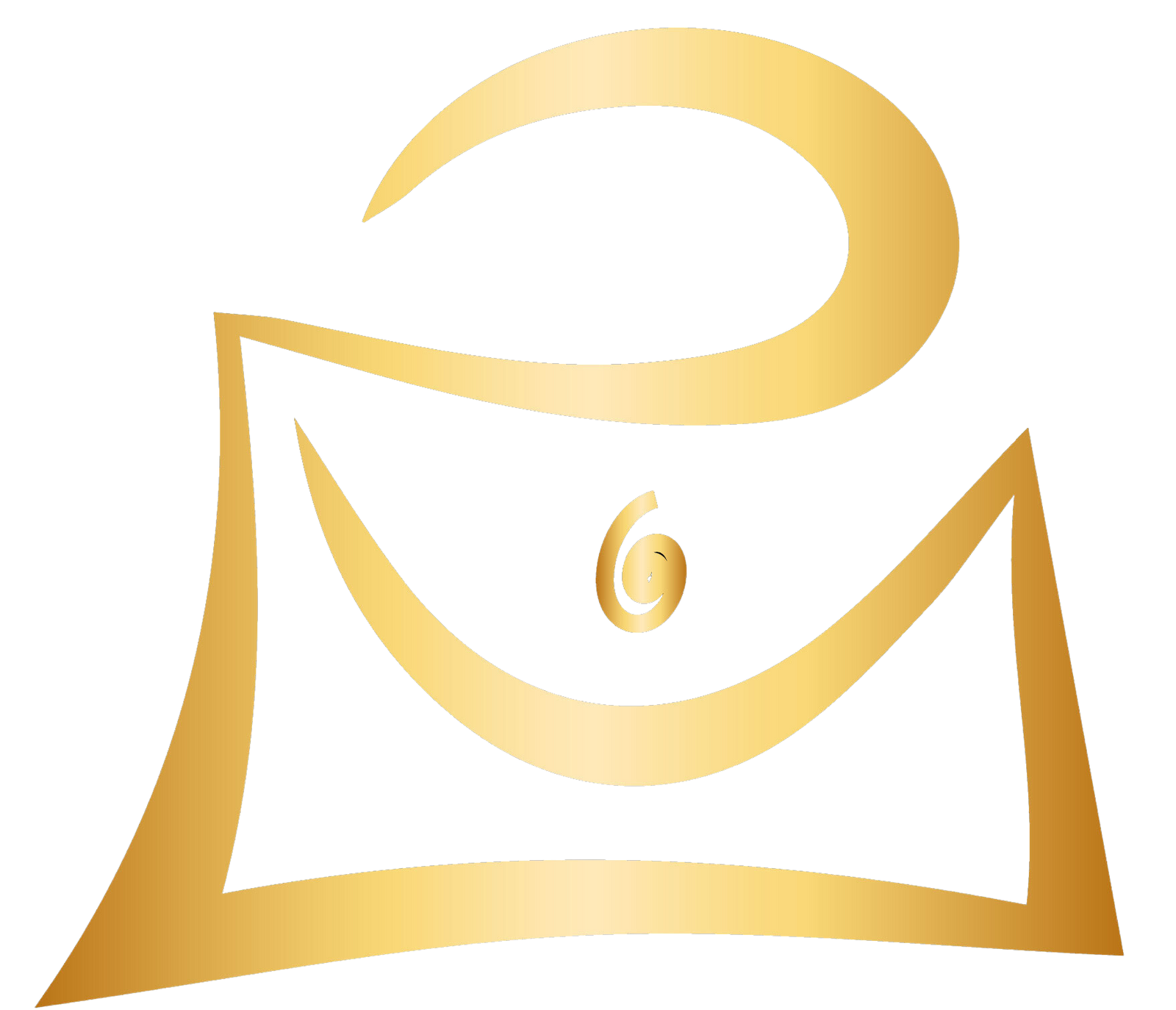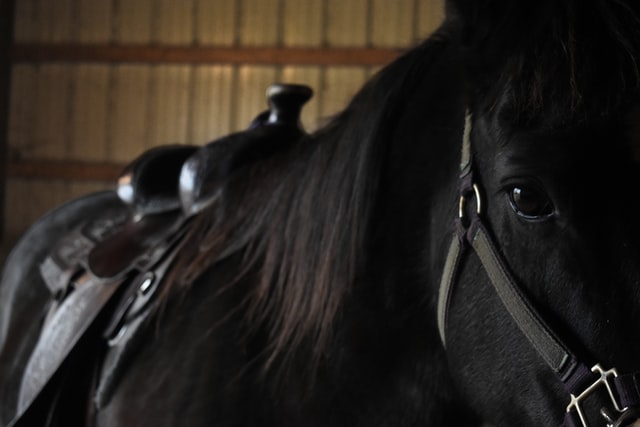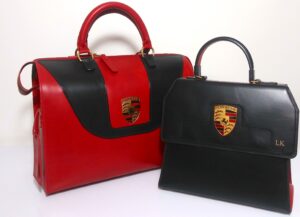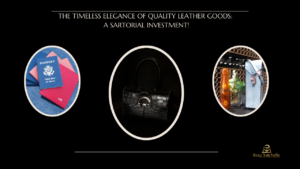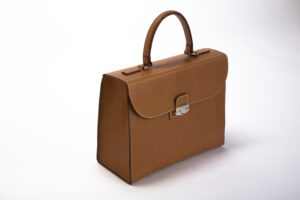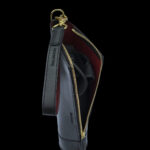Don’t we all love an extraordinary Cinderella story? A real life (s)hero beating expectations with seemingly all the odds against that woman or man. Only a few believed. Only the competitor with an unearthly talent, a champion heart and possessing just a little bit more than others to cross the finish line first. To be the obscure underdog, almost a non-contender; making real life stories like the relentless Daniel Eugene “Rudy” Ruettiger who inspired us all with his never quit focus at Notre Dame football or American sprinter Wilma Rudolph who was the first American woman to win 3 track and field gold medals in one Olympics. She not not only overcame a number of childhood illnesses including polio that forced her to wear a brace but developed into a celebrated world athlete using her celebrity to challenge the status quo of segregation in the 1960s.

Two weeks ago, who could have written a more perfect underdog story (along with the interesting human backstories) about a horse that wasn’t supposed to even be in the Kentucky Derby, until a last minute scratch of another competitor. Divine order rewarded a gutsy jockey, a trainer who had suffered through several unfortunate life changing events, and a maiden horse (with only one win) named Rich Strike to shock the world with an amazing athletic feat. The magnificent Rich Strike was one of the longest shots in Derby racing history at 80 to 1 odds on winning. Someone forgot to tell Rich Strike because that certainly was not the horse we were fortunate to see on an early May Saturday either in person or glued to our digital devices. Instead we witnessed an improbability; an incredible upset in the horse racing world .
Throughout the excitement building up the Kentucky Derby, I was intrigued by the theme of leather’s influence with the equestrian world – not just sporting events, mind you, but ceremonial events whereby the ornate costumes (with leather accessories intertwined) are just as critical as the event itself.
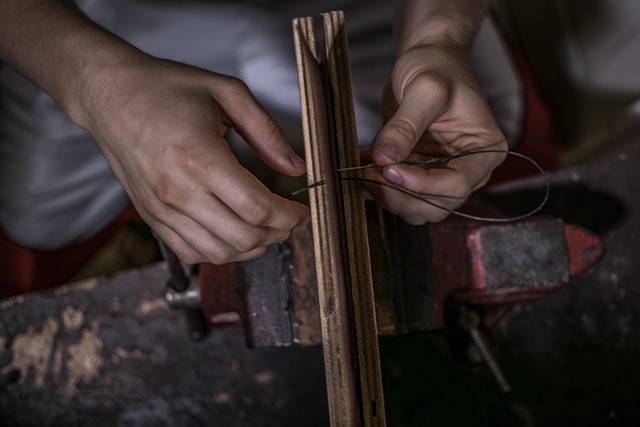
Let’s first quickly review the type of stitching used for making saddles. Saddle-stitching, the most commonly used method in sewing leather actually got its origins from two different types of craftwork. One type of saddle-stitching refers to the method of binding books with sheaves of folded paper saddled to a metal frame with staples The second type of saddle-stitching is executed by hand sewing two pieces of leather together with durable thread (typically wax or silk) pulled through punched holes in opposite directions with two specialty needles.
A sewing machine typically uses a lock stitch method resulting in stitches easily unraveling. Compared to the strength of a saddle-stitch – if a leather artisan has to undo a row of stitches, this process takes as much work as the initial stitching itself. As basic as this stitch appears, the time-consuming process is what makes this stitch superior over a machine and a more beautiful and pricier product.
The saddle-stitch was the only method for early horse saddle makers because this type of stitching guaranteed that one torn stitch would not affect the remaining stitches within the saddle which historically could mean death or injury to the rider. Many modern saddlers do incorporate more sewing machine techniques, however the purists will stay true to the values of “handcrafted and hand hand-sewn”.
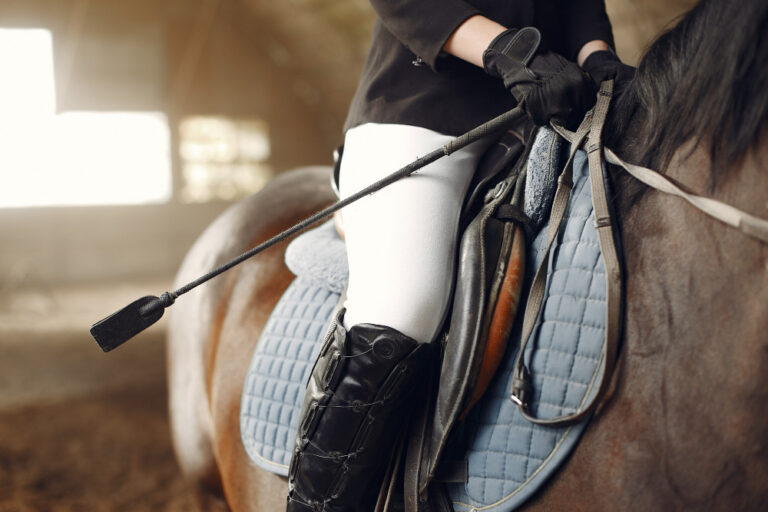
Prior to saddles, the common way to ride a horse or pony was with either bareback or blankets. The origin of leather saddles were developed prior to the 1st century AD to improve the ride’s stability, especially during war. Historians trace the saddle’s origins beginning in Asia, then medieval Europe. Saddles have been customized for several other animals, used for carrying people and equipment, which include camels and elephants.
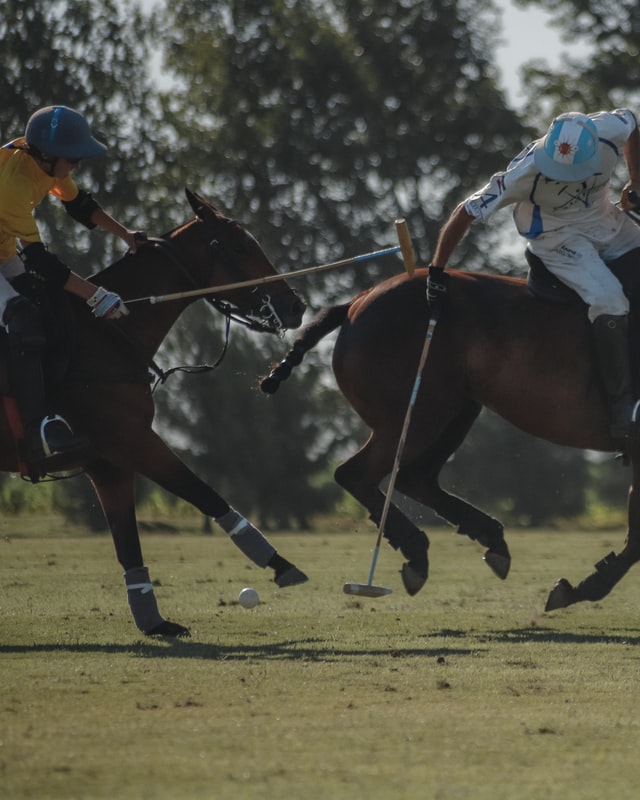
In modern times, horse saddles fall into two categories: Western and English. Western saddles (also called Moorish) have a high horn on the pommel (which is positioned in front of the rider) and a large cantle (the upward projecting rear part of the saddle) built for cattle-roping operations. The English saddle (or Hungarian saddle) is light, flatter, and padded and designed for sport and recreational use. This type of saddle will be used in Show Jumping and Dressage Competitions. Other saddle disciplines include hunting saddles, youth saddles, side saddles, treeless saddles, Australian stock saddles and finally Racing Saddles.
So two categories in particular, really embrace the building of leather accessories from a bespoke nature that truly can impact the performance of both rider and his/her horse: racing and pageantry.
LEATHER IN RACING
Both the jockey and the horse use specialized equipment for safety and effectiveness.
Whether brand new or an aficionado to horse racing, you may be aware that the racing saddles worn by the horses were unusually small. These saddles are built to be lightweight, usually made with one girth strap (a broad, usually leather strap that goes around the horse to secure the saddle onto the horse’s back). and the stirrups are much shorter. The seat is flatter unlike its curvy cousins, this saddle is not really meant to sit on by the jockey who instead stands in a hunched over position while simultaneously crouching in the stirrups.
Other leather adjacent equipment:
The type of leather boot that the jockeys wear is designed to keep the legs positioned in the right place on the horse. Typically longer and higher up on the leg to prevent the saddle from pinching the rider’s leg.
The bridle which is attached to the bit in the mouth and the reins on the outside.
The reins help steer the hours and part of the bridle and connected to the bit in the horse’s mouth.
Leather chaps worn over the riders pants to protect the legs from ropeburn, cuts, etc,
Crops – the whip used by a jockey during races to make the horse move faster usually made with a shaft and a piece of leather on the end that connects with the horse.
The Halter which is similar to bridles without the bit to control the horse in non-racing situations (although some halters are used inside the starting gate called Flipping halters)
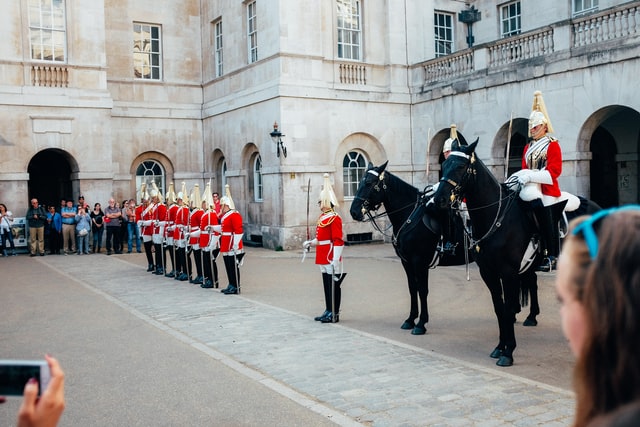
LEATHER ON CEREMONIAL DISPLAY
On another part of the spectrum of horse equipment would fall under the category of dressage saddles designed for riders who participate in pageantry type affairs. One such group of riders that are known globally for their elaborate ceremonies is the Household Cavalry Mounted Regiment in Great Britain serving as the Queen’s official bodyguard. This regiment carries out mounted ceremonial duties on both State and Royal occasions such as The Queen’s Birthday Parade (i.e. Trooping the Colour). The leather accessories that are worn or used by this regiment is overwhelmingly inspiring for leather artisans such as Beau Satchelle in showing incredible craftsmanship in the creation of the equipment, as well as the constant upkeep.
The regiment have their own saddlers, farriers and tailors who are responsible for the creation, repairing, polishing and grooming of both humans and horses. The saddles, still made with the same design as in 1902, takes 60 hours to make. The saddlers also hand-cut and hand-stitch the Sam Brownes belts worn by the officers. Along with every piece of equipment assigned, the saddles and bridles are the responsibility of each soldier to maintain their immaculate polished look.

Besides the recognizable big bear skin hats, the second piece of clothing that the public is aware of is the knee-high, solidly waxed, black leather jackboots. Members of the Mounted Regiment put so much effort into polishing their jackboots that a finished pair reflects like a glass mirror.
Troopers in the Household Cavalry Mounted Regiment frequently get on top of their horses before putting on their jackboots, attempting to keep their boots in the highest possible standard ahead of inspection and the parade itself.
The other leather piece that rounds out the uniform is a Household Cavalry cross belt, made from whitened leather with a single red cord running along the center of the belt’s exterior. A sabretache (a patent leather pouch) is attached to the cross belt that was meant to carry essential items during war. Now it is a beautiful leather accessory enhancing the trooper’s uniform.
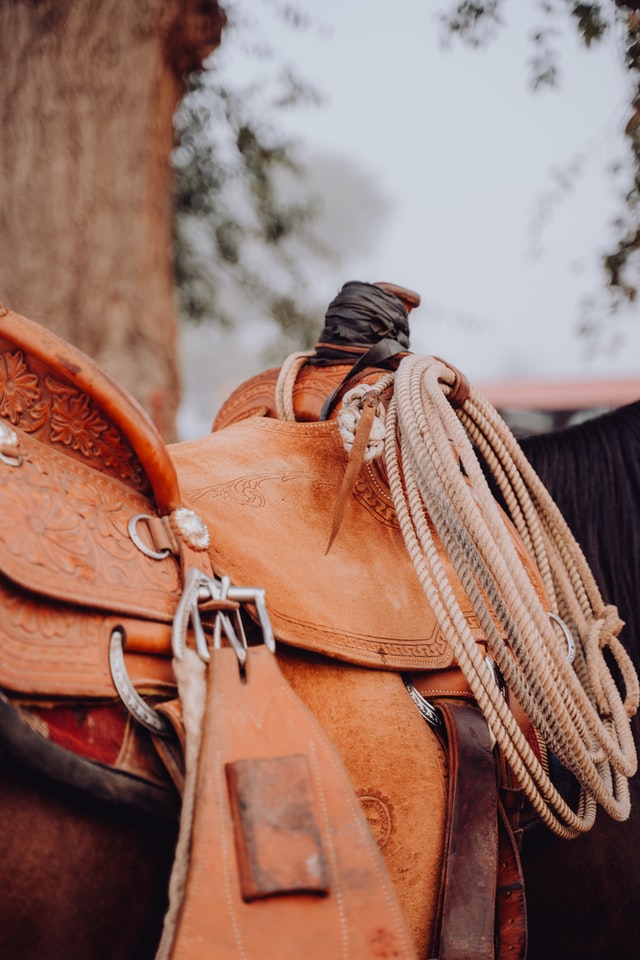
Although we adore the talented European saddlemakers, we would be remiss to not mention several American master artists saddle makers that bowled us over with their saddle-stitched and carving artistry. Take a look at some of the best equestrian saddle making artists. If you love the art of hand-stitching leather, you will appreciate the superior craftsmanship in the world of saddles.
“The machine sewing on my saddles and accessories is eight stitches to the inch using polished and waxed linen thread…There is no better way to sew leather to hardware. Hand sewing allows me to get the stitches closer to the buckles and dees than machine sewing. I have incorporated an increasing amount of hand sewing into my leatherwork. I love hand sewing for the deliberate, careful process that it is, for the look and feel when it is finished, and for the durability it offers.” – Cary Schwartz
Montana’s Ben Swanke Saddlery.com
Maybach Saddlery – Not U.S. but outstanding work
Any experienced leather artisan will strive to come as close to perfection as humanly possible, committing thousands of hours of learning sewing techniques with different leathers and exotic skins. Although the saddle stitching method for leather accessories is lamented as a dying art, for a client, to commission a master leather artisan to build a legacy leather piece can only be described as an incomparable experience.
Whether creating a saddle, a belt or a handbag, the artist’s talent will radiate from turning raw leather into a phenomenal functional equipment for the occasions of sport or traditions of pomp and circumstance. It is truly a labor of love. -AJ
Resource articles:
Britannica.com – Saddle Horsemanship
Behind the Scenes at the Household Cavalry Jubilee Preparations
SHARE POST
Customer Favorites
